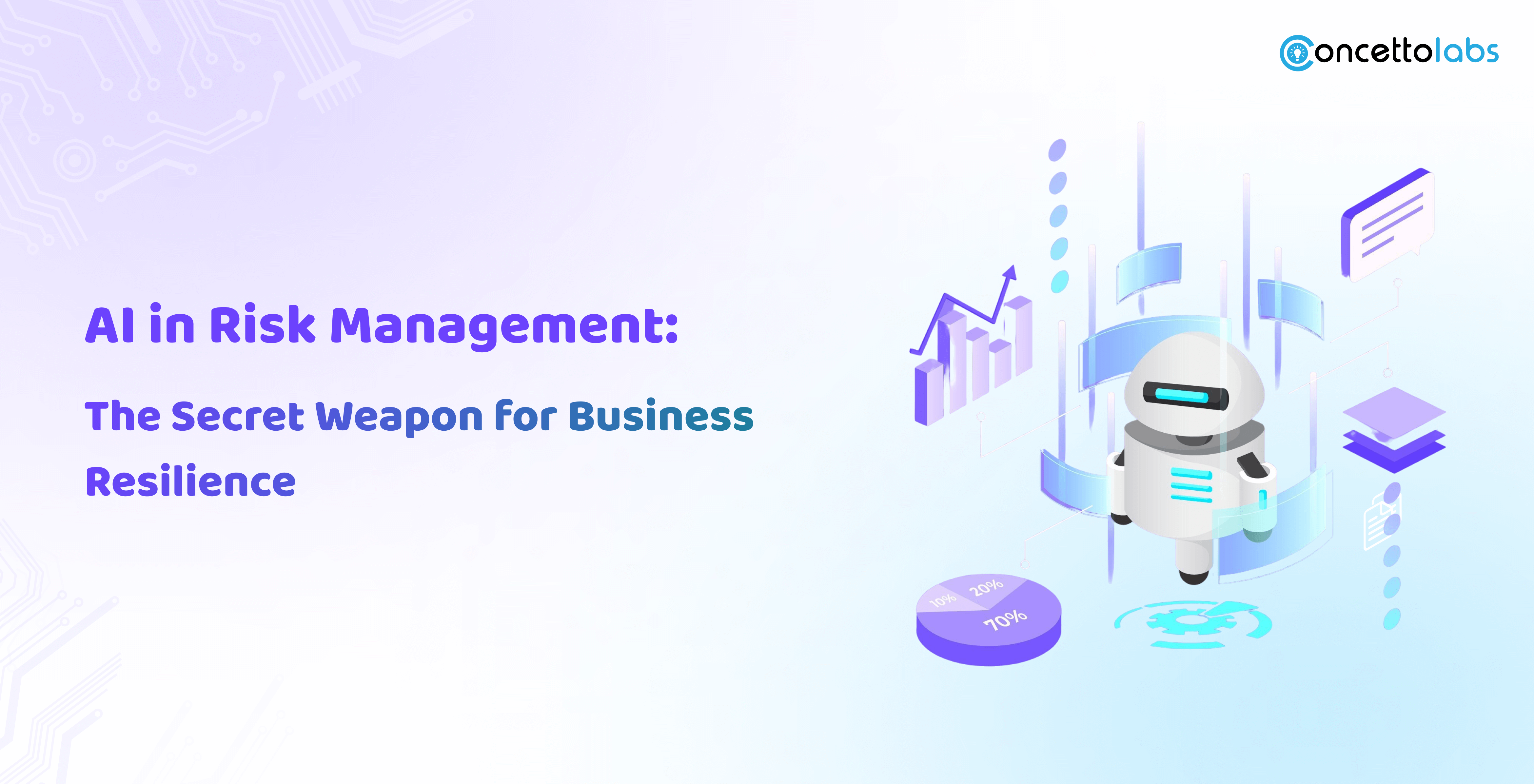
Quick Summary: Artificial intelligence is turning out to be a secret weapon in creating fortitude in an increasingly dynamic business environment. With threat detection, risk reduction in areas of finance and operations, AI-enabled tools are assisting businesses to future-proof their businesses. AI in risk management is changing business strategies into making risk-related decisions based on predictive analytics, machine learning, and real-time risk detection. Thus, businesses can bring change by using AI for business resilience.
Business risks have undergone a revolutionary change in a hyper-connected and fast-changing world. It is no longer the time when business risks were reduced to such things as lack of funding or delays in production. Today, cyber threats on their own, along with the changing rules, global supply chain challenges, reputational risks, as well as climate-related issues, all require significantly more attention as they become increasingly converged. The probability of such risks hitting at the same time is also growing, creating a degree of complexity that not many businesses are ready to deal with.
Traditional risk management methods (mostly spreadsheet-based) are not enough. The size, speed, and diversity of contemporary data require a smarter solution. Here is when AI in risk management emerges as a game-changer. With the use of artificial intelligence in business risk strategies, businesses are able to move forward with prevention as opposed to a reactive approach.
Let’s explore how AI is a secret weapon for managing risks in businesses and improving their resilience.
Why Does Risk Management Need AI Today?
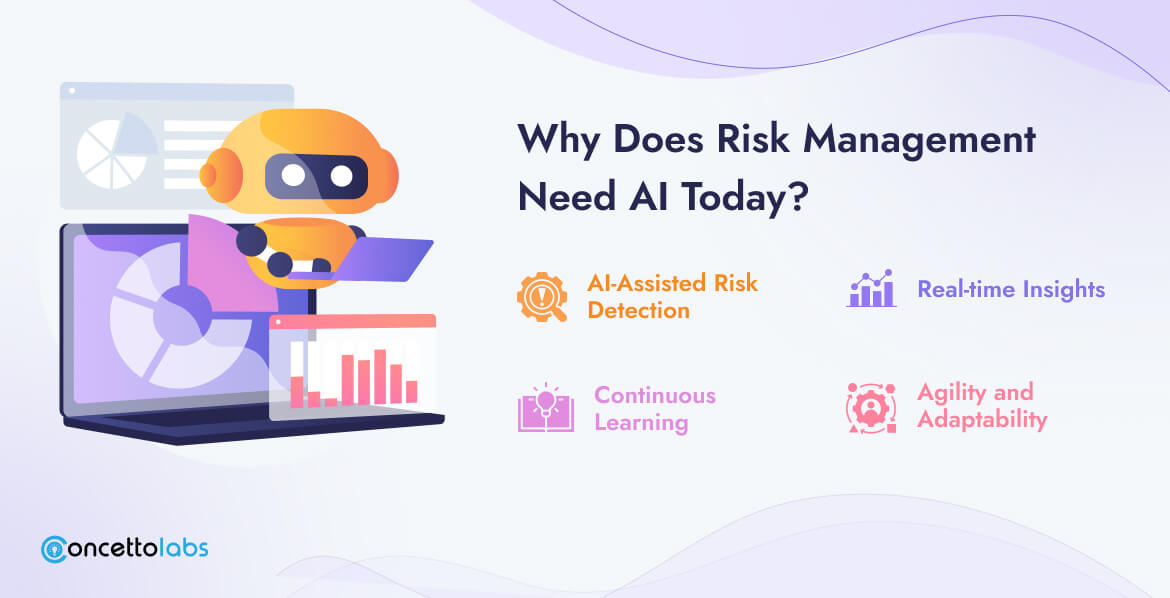
Conventional risk management strategies are no longer sufficient since the risk environment in which businesses operate has become more and more complex. The rapid change in technology, coupled with the volatility of the global markets, has been called to explain the fact that risks are becoming increasingly interrelated and dynamic as of late. Herein, AI in risk management is immensely important to provide relevant information-driven insights in time.
As per IBM research, 67% of CROs and CFOs reported feeling that they must embrace Gen AI swiftly to manage risks to stay on the same pace as the competition and improve the position of their organization in the market.
Unlike conventional approaches, AI offers the following advantages:
- AI-Assisted Risk Detection: With AI, proper analysis of large quantities of both structured and unstructured data is possible. This detection provides the early warning signs of a new threat, detects unusual activity, and even foresees risks that have not even occurred yet.
- Real-time Insights: AI benefits businesses by enabling them to react to decisions quicker and more tactically, reducing the time to respond and potential damage.
- Continuous Learning: AI systems are based on new data and reactions to it, over time, this knowledge base increases the risk assessment and risk strategies.
- Agility and Adaptability: AI will also move businesses quickly and responsively, and it will result in some sort of disruption in terms of financial or operational crisis or any cyber attack.
Use custom-built AI solutions to identify threats before they occur.

Want to transfer risks into new business opportunities?
The Role of AI in Risk Assessment
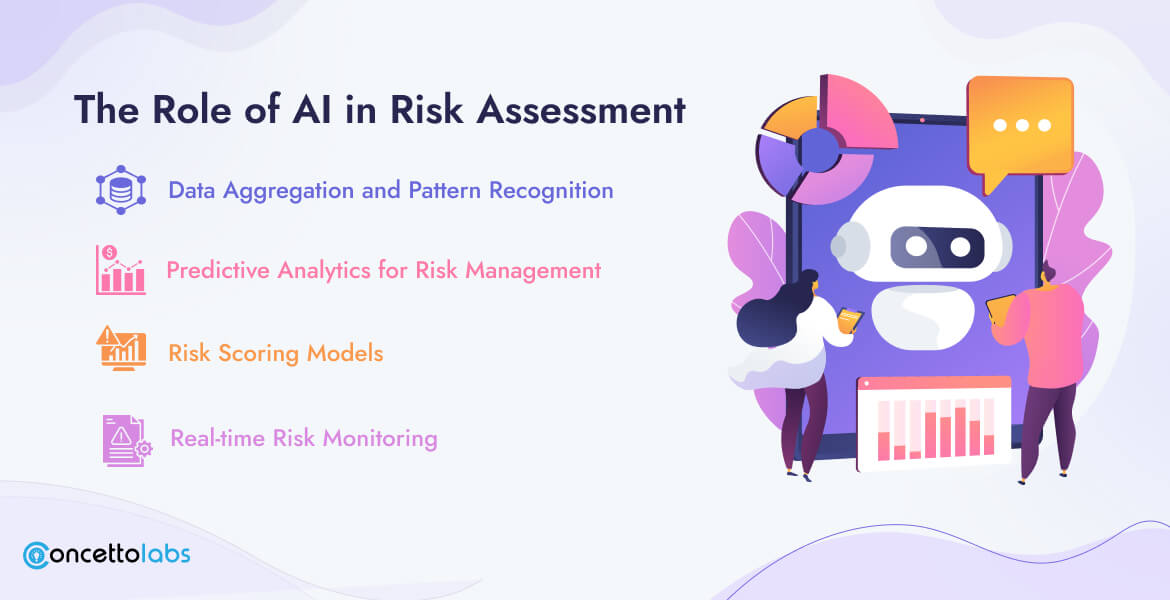
AI is changing the nature of risk assessment and evaluation within businesses, fundamentally. More and more practical and people-intensive approaches to risk assessment are being substituted with data-based AI systems that prove to be more efficient and scalable.
The following are key ways in which AI plays a key role in modern risk assessments:
1. Data Aggregation and Pattern Recognition
AI is able to aggregate mass data from various sources such as financial reports, market data, social media, and even external news feeds. With the help of this analysis, AI can identify hidden patterns and correlations, upon which companies can identify the areas of risk even before they can happen.
2. Predictive Analytics for Risk Management
AI models use past data to predict risk scenarios in the future by processing the data using AI algorithms in order to make companies ready for what to expect in the future. AI helps to forecast any challenges associated with financial instability, cyberattacks, regulatory changes, and any other potential issues giving advanced information to prevent their realization.
3. Risk Scoring Models
AI technologies allow the development of dynamic risk scores of various assets, processes, or geographies with the use of advanced algorithms. These models are adjusted in real-time using the newly ingested data so that any risk assessment is up to date.
4. Real-time Risk Monitoring
AI will do the task of monitoring different risk factors on a constant basis, taking advantage of these risks to give an alert of emerging risks to businesses. This renders businesses rather responsive and resilient.
How AI Assists in Risk Management: Key Applications?
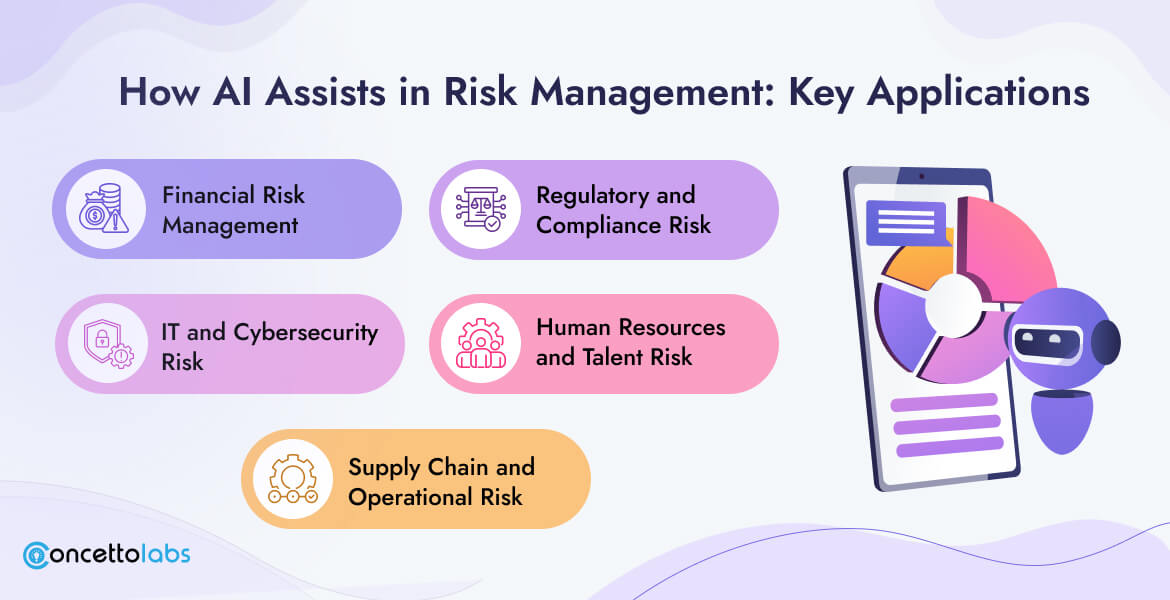
There is a significant shift in the role of AI in eliminating the risks in different areas of business management. The application areas of interest can be discussed. Let us discuss some of the major application areas
1. Financial Risk Management: AI is used to analyze the trends in transactions and identify possible fraud, and credit risks, and even check compliance with the available finance so that you can become completely financially stable and sound.
2. IT and Cybersecurity Risk: Security systems in the form of AI are continuously on the lookout for abnormal operations and cybercrime risks. The systems are also able to detect vulnerabilities, mitigate attacks, and minimize the time to respond to breaches.
3. Supply Chain and Operational Risk: AI evaluates the risk of failure in the supply chain due to the consideration of external events (geopolitical situation, weather, or market conditions). It allows businesses to make changes on time by finding alternative routes or suppliers.
4. Regulatory and Compliance Risk: AI tools help monitor the evolution of regulations in various regions to make sure that a business remains compliant. They also mechanize compliance work and determine possible risks connected with non-compliance, minimizing the threat of legal punishment.
5. Human Resources and Talent Risk: AI assists in the human resource-related areas of risk by tapping into the information on employee performance and predicting employee turnover. AI also enables companies to make data-driven decisions in the processes of talent retention and talent hiring concerning workforce planning.
Due to such applications, AI can be used to increase the level of risk management effectiveness and keep business organizations ahead of the threats and able to operate in constantly changing conditions.
Let intelligent AI agents work around the clock for your business resilience.
Book a Free Consultation Now!
Benefits of AI in Risk Analysis
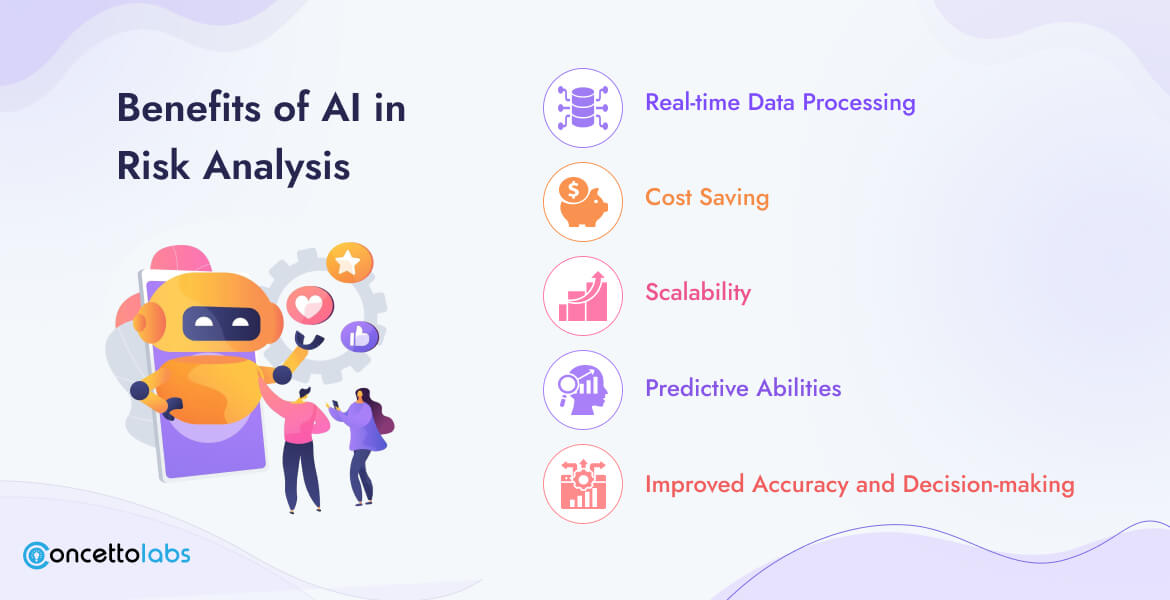
As a part of risk analysis, AI has major benefits, and it changes the way risks are identified, analyzed, and prevented by businesses. The inclusion of AI in company-based risk management models allows these companies to become more efficient, conceptual, and stable.
Explore the benefits of Artificial Intelligence in risk analysis:
1. Real-time Data Processing
AI tools are able to process data in real-time, therefore allowing businesses to track risks in their development as they happen. Whether the matter is to follow the movement of the stock market, check the safety of the network, or evaluate operational efficiency, AI assists a business in taking an immediate step using the current data, which reduces the responsiveness time and helps to avoid serious losses.
2. Cost Saving
AI saves time and money by taking over different parts of the risk assessment procedure, minimizing the necessity to perform a manual check. Rapid detection of risks also implies that a company does not face pricey upheavals, like a breakdown in the chain of supply, or data theft, resulting in a loss over the long periods.
3. Scalability
AI systems can scale with ease to handle an increased data volume due to new markets expanded globally or increased product lines. Such scalability enables companies to keep using the power of AI-based risk analysis with no harm to quality and efficiency.
4. Predictive Abilities
This is one of the most significant assets of AI because it allows foreseeing possible risks by focusing on past experiences and trends. With predictive models, companies have the ability to detect a threat before it becomes a bigger threat, and this way, they can take preventive actions instead of catching up after the incident occurs.
5. Improved Accuracy and Decision-making
With the aid of AI, decision-makers can analyze risks and take into account multiple options using detailed information and the ability to run several simulations using AI for business resilience. AI operates in advanced algorithms that can work with massive amounts of data. Such enlightened decision-making will assure organizations that they can determine the most appropriate course of action, which in turn would be less uncertain.
AI-Powered Risk Detection Tools to Watch
Here are some examples of leading AI-powered risk detection tools:
- IBM OpenPages with Watson
- SAS Risk Management
- LogicManager
- Custom AI Agents by Concetto Labs
- Darktrace
- Zest AI
- Palantir Foundry
- Quantity
- Kavout
- Kroll Risk Analytics
Machine Learning in Enterprise Risk Management: A Strategic Shift
Machine learning in enterprise risk management revolves around ML. This is the way ML is triggering a strategic move:
Adaptive learning Systems improve with every data point and decision.
ML can be used to create various strategic planning scenarios of what can happen in business.
ML-based applications do not give general alerts; they give suggestions related to each department.
For example, sales teams receive credit default risks while IT teams receive cybersecurity alerts—all from one central ML system.
The Future: Autonomous Risk Management Systems
AI in risk management happens to be the future of autonomous, agile, and always-on risk management.
- The AI Agents will be the digital risk officers, learning to adapt in between.
- AI-enabled real-time dashboards will provide decision-makers with a 360 degree of their risk environment.
- Prescriptive analytics do not simply tell what risks may occur but it also comes up with the course of action which is most appropriate.
Did you know that the financial services industry in Britain is the fastest to adopt generative artificial intelligence, and by 2025, the institutions will be investing 16% of their technology budgets compared to 12% this year?
This portrays a very fast transition to always-on, self-governing systems that detect risk in real-time and recommend preventive measures – and AI is a critical foundation on which business resilience can be built.
Companies that are welcoming this new future today, with the use of intelligent AI agents, live dashboards, and prescriptive tools, are setting themselves up tomorrow as the leaders in AI in the risk management field.
Conclusion: Resilience Through Intelligence
Living in an era of uncertainty, the last line of defense for businesses is being intelligent. Business risk demands the use of artificial intelligence not as a luxury anymore but it has become a necessity. Using AI, a business is doing more than responding to the risk, but continues to remain ten steps ahead of it.
To have industry-specific, scalable, and intelligent solutions, you can initiate a strategic partnership with dedicated teams like Concetto Labs, which is an expert in the field of AI application development. This is now being made possible by the use of predictive analytics, AI agents, and machine learning, which will enable you to turn risk into a competitive advantage.
From predictive analytics to real-time threat detection, let’s design AI tools for your unique business risks.
Build Smart Operations with AI App Development

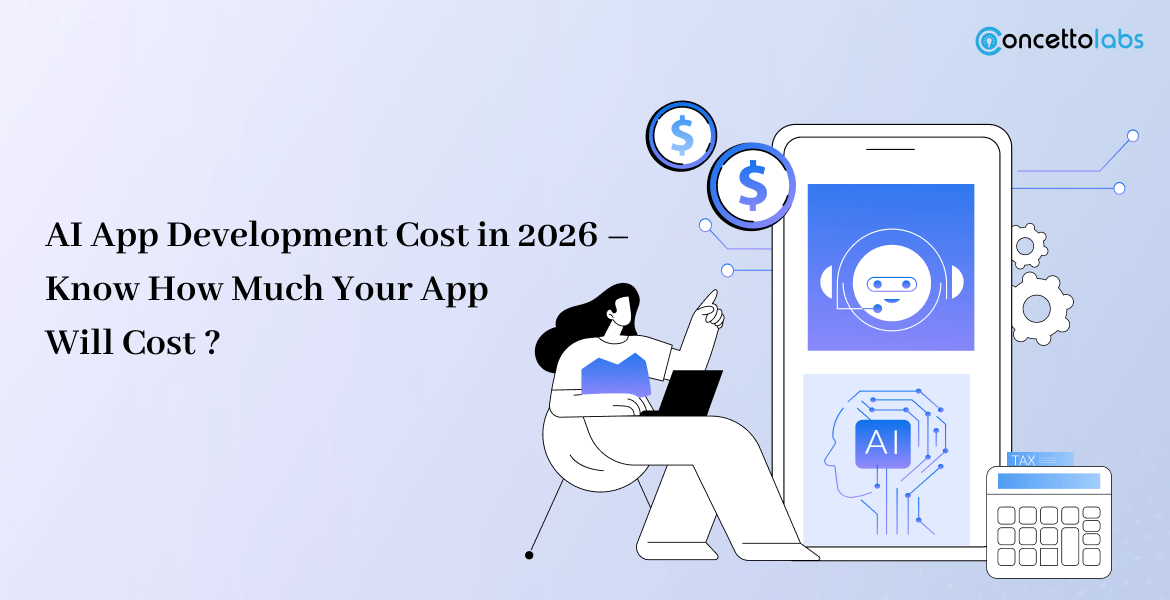
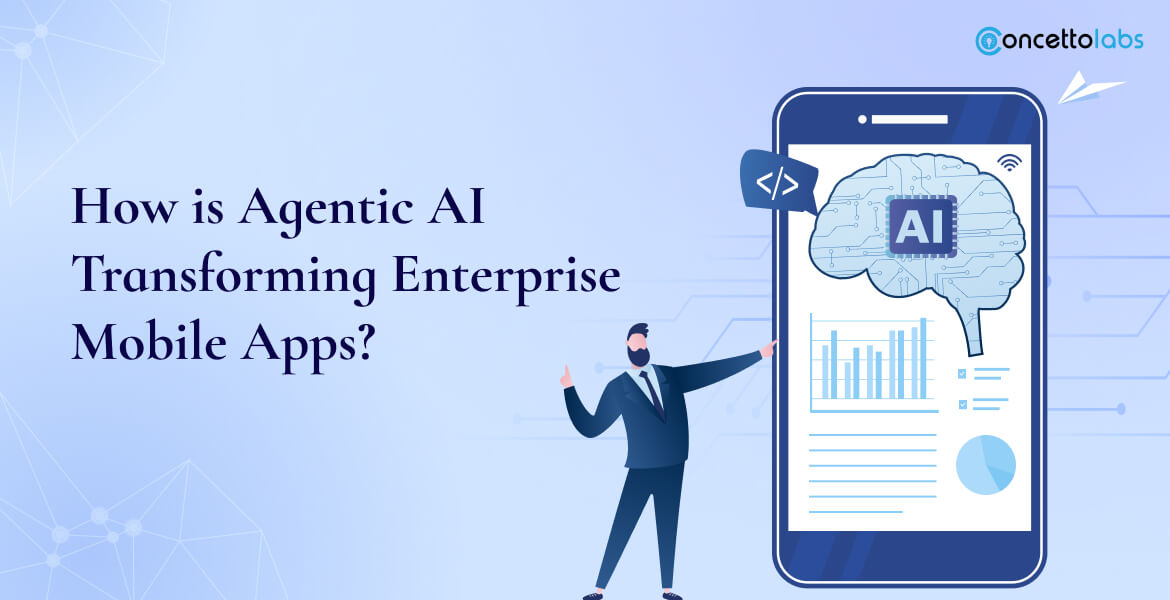
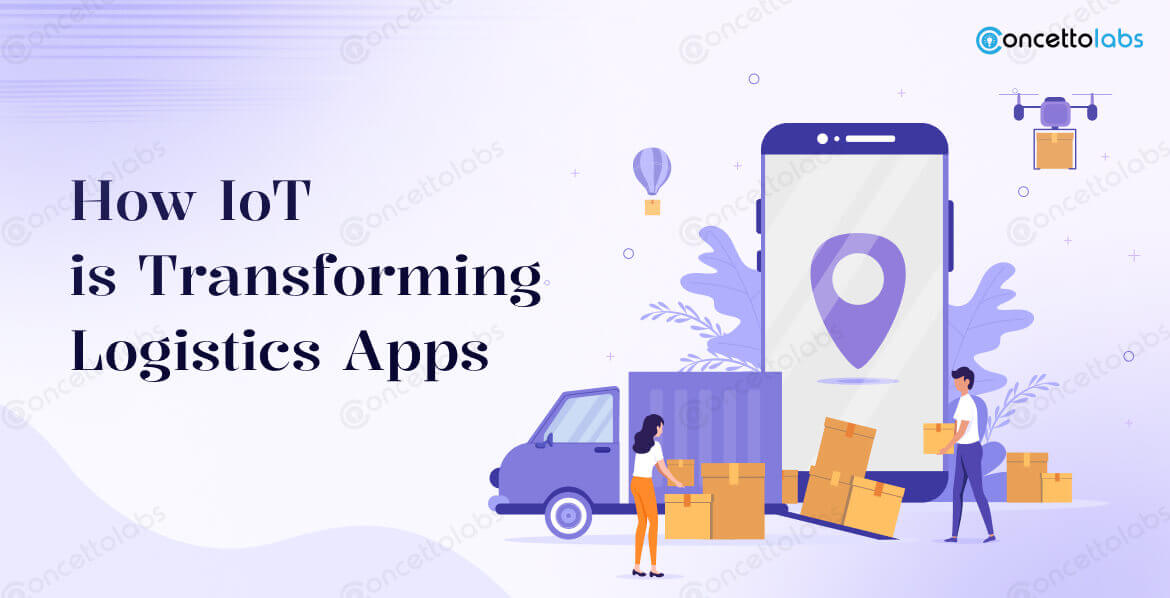


 Indonesia
Indonesia
 Botswana
Botswana
 USA
USA
 Italy
Italy
 Panama
Panama




